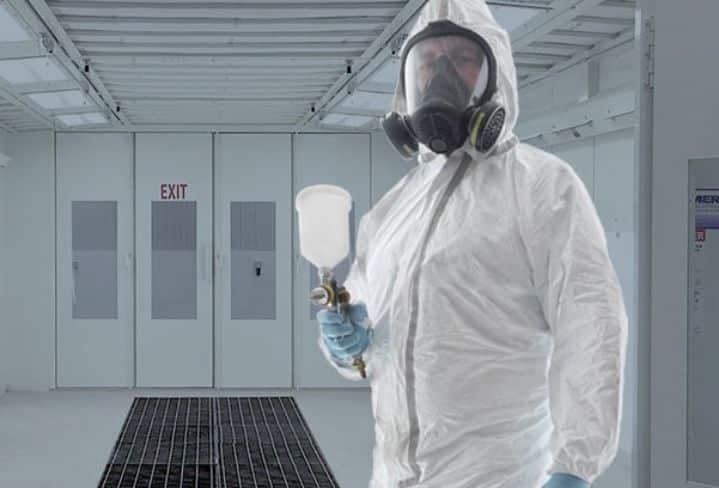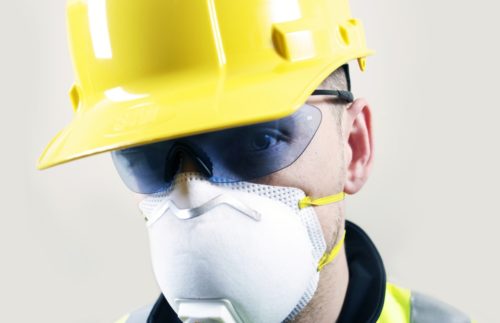Volatile organic compounds, or VOCs, are ubiquitous organic chemicals that pose a threat to human health due to their high vapor pressure at room temperature. This high vapor pressure allows molecules to evaporate or sublimate from liquids and solids into the surrounding air.
VOCs are often found in nature and play a part in the messaging systems between plants and animals. Emissions can also originate in vehicles and many manmade consumer products. The volatility of these various natural and manmade chemical compounds can pose risks if individuals are forced to work with them in close proximity for lengths of time. VOCs are classified as carcinogens and can have many detrimental long-term effects on the health of workers who are exposed to them. VOCs are generally found in low concentrations, and symptoms can take time to develop. Prolonged exposure to these harmful emissions has been linked to an increased risk of developing allergies and asthma.

VOCs in Traditional Coatings
VOCs are commonly found in traditional industrial coatings such as paint. The Environmental Protection Agency (EPA) is responsible for the regulations on the amounts of VOCs allowed in different kinds of coatings, and restrictions continue to tighten. The EPA has determined that VOC emissions from architectural coatings could potentially contribute to ozone levels. Ozone, which contributes to smog, has a negative environmental impact.
In 1999, the EPA’s National Volatile Organic Compound Emission Standards for Architectural and Industrial Maintenance Coatings (the AIM rule) went into effect. This rule enacts regulations to lower the number of VOCs emitted from architectural and industrial maintenance (AIM) coatings. These regulations have introduced a shift in demand for low- and zero-VOC coatings. Greener alternatives are now being sought out over traditional coatings to help protect workers, the population, and the environment at large.
Low-VOC Coating Alternatives
In contrast to earlier years, low- and zero-VOC coatings are no longer a specialty product. In today’s more eco-friendly commercial environment, low- or zero-VOC coating alternatives are the preferred standard. Eco-friendly options have lower levels of VOC chemicals and are safer for the environment as well as the individuals working with them.
In the highly regulated area of architectural and industrial coatings, low- and zero-VOC options are becoming a requirement. A lower level of VOCs means more production uptime and less work disruption in areas where coatings are being applied, given these materials carry less odor and short-term effects.
The balance between cost-effective protection of architectural and industrial facilities and government compliance with VOC regulations can be tricky. Fortunately, new product lines entering the market have taken the dirty work out of determining how to couple these two efforts. EonCoat, for example, is a new type of inorganic ceramic coating that protects surfaces from corrosion, fire, abrasion, chemicals, and extreme temperature. Where paint relies on VOCs to help keep its components in the suspension, EonCoat contains zero VOCs and can be applied to carbon steel with no chemical off-gassing, hazardous air pollutants (HAPs), odor, or negative side effects of exposure.
VOCs can cause serious long-term health problems in individuals. And industrial coatings that contain VOCs can pose a large and prolonged health risk to workers that perform their duties in an environment of exposure. To adequately protect workers from VOCs in industrial coatings, alternative products should be sought out. Fortunately, low- to zero-VOC products are no longer a specialized option — they are a preferred and often required alternative to traditional carcinogenic coatings.

Ready to Learn More About EonCoat?



